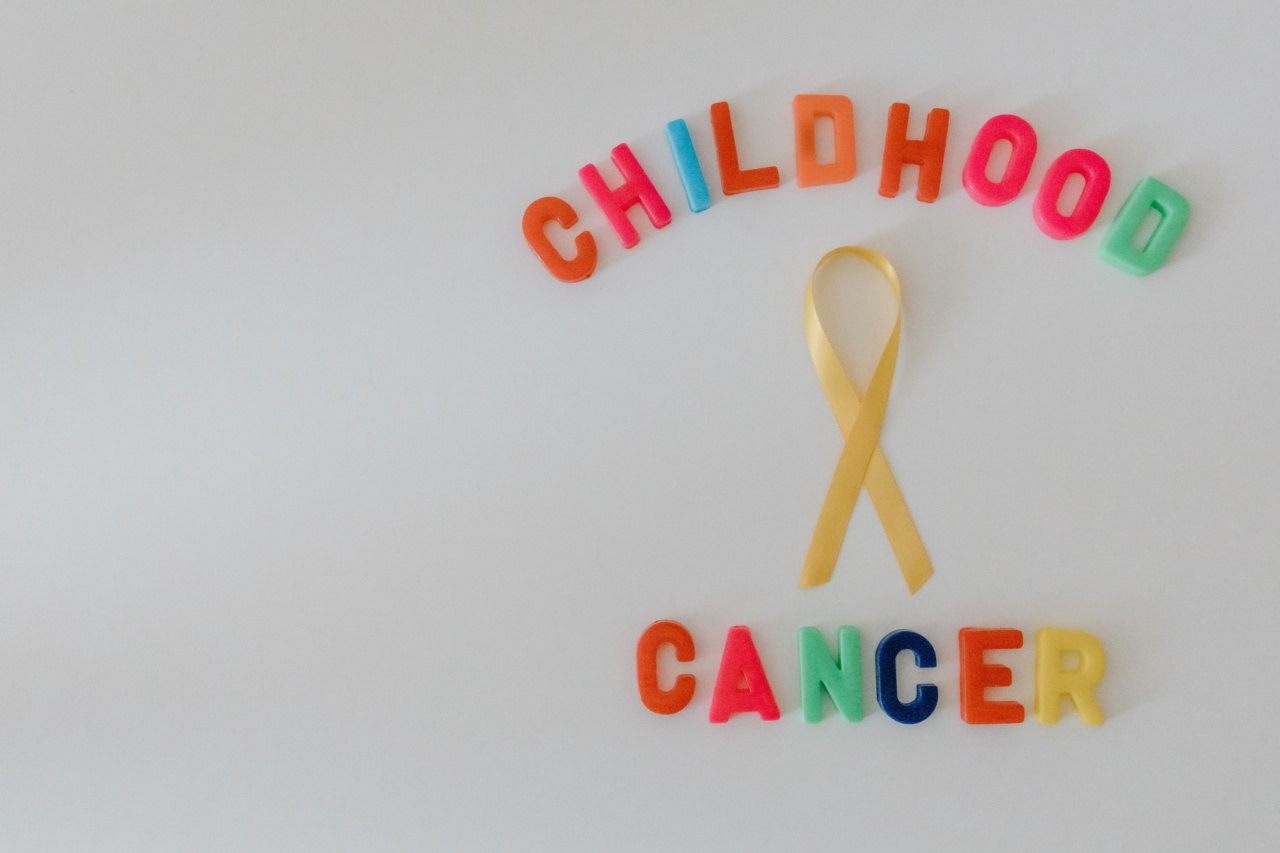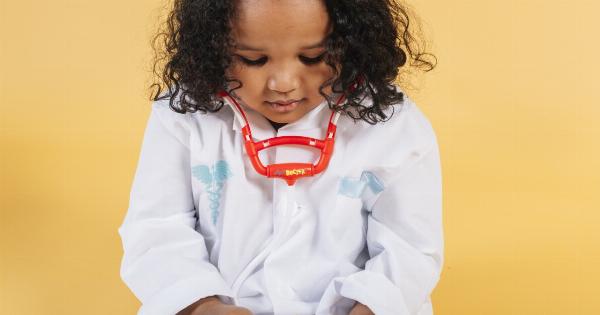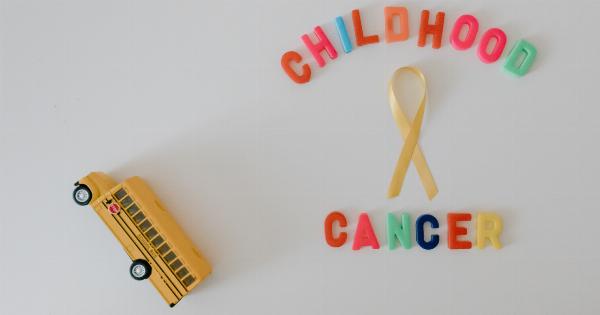September is recognized as Childhood Cancer Awareness Month, a time dedicated to spreading awareness about pediatric cancers, supporting children and families affected by this disease, and celebrating the strength and resilience of young cancer fighters.
Every year, thousands of children around the world are diagnosed with various types of cancer, and this month gives us an opportunity to shed light on the challenges they face and the need for continued research and resources to ensure better outcomes for these brave children.
Understanding Childhood Cancer
Childhood cancer refers to a broad range of cancers affecting children, typically under the age of 18. These can include leukemia, brain tumors, neuroblastoma, Wilms tumor, retinoblastoma, and various types of sarcomas.
Although rare compared to adult cancers, childhood cancer remains the leading cause of death by disease among children.
Causes and Risk Factors
The exact causes of childhood cancer are still largely unknown. However, research suggests that a combination of genetic and environmental factors may contribute to the development of these cancers.
Some known risk factors for certain childhood cancers include exposure to radiation, certain genetic conditions, and certain prenatal factors.
Early Signs and Symptoms
Recognizing the signs and symptoms of childhood cancer is crucial for early detection and timely intervention.
Common symptoms may include unexplained weight loss, persistent fever, excessive bruising or bleeding, frequent headaches, sudden changes in vision or eye appearance, prolonged or unexplained bone pain, lumps or swelling, and unexplained fatigue or paleness. It is important for parents and caretakers to seek medical attention if any concerning symptoms occur.
Treatment Options
The treatment for childhood cancer depends on the type, stage, and location of the cancer, as well as the overall health of the child.
Treatment options may include surgery, chemotherapy, radiation therapy, targeted therapy, immunotherapy, and stem cell transplant. The goal of treatment is to eliminate cancer cells while preserving the child’s overall health and minimizing long-term side effects.
Emotional and Psychological Impact
A childhood cancer diagnosis not only affects the physical well-being of the child but also has a significant emotional and psychological impact on the entire family.
Parents often experience immense stress, anxiety, and fear while navigating the treatment journey. Siblings may struggle with feelings of guilt or jealousy due to shifts in attention and focus. Addressing the emotional and psychological needs of the entire family is essential for holistic and comprehensive care.
Patient Support Programs
Thankfully, there are numerous support programs and organizations dedicated to helping children with cancer and their families.
These programs provide emotional support, financial assistance, medical resources, and opportunities for the children to connect with peers going through similar experiences. Additionally, these organizations raise funds for research and advocate for policies that improve the lives of children battling cancer.
Advancements in Research
Thanks to ongoing research efforts, significant advancements have been made in the diagnosis and treatment of childhood cancer.
Researchers are continuously exploring innovative therapies, targeted treatments, and personalized medicine options to improve outcomes and reduce side effects. Collaborations between scientists, healthcare professionals, and advocacy groups play a vital role in driving progress in this field.
Celebrating Heroes and Resilience
Childhood Cancer Awareness Month is also a time to celebrate the incredible strength and resilience demonstrated by young cancer fighters. These children inspire us with their bravery, optimism, and determination in the face of adversity.
Their indomitable spirit serves as a reminder of the importance of supporting and advocating for all children affected by cancer.
How You Can Make a Difference
There are several ways in which you can contribute and make a difference during Childhood Cancer Awareness Month.
You can participate in local events or fundraisers organized by advocacy groups, volunteer your time at hospitals or support programs, spread awareness through social media using relevant hashtags, or donate to research initiatives dedicated to pediatric cancers. Together, we can create a world where no child has to face cancer alone.
Conclusion
Childhood Cancer Awareness Month is a powerful reminder to stand in solidarity with children fighting cancer, honor the memories of those we have lost, support families and caregivers, and work towards a future where successful treatments and cures are accessible to all. By increasing awareness, supporting research, and celebrating the strength and resilience of these remarkable children, we contribute to the collective effort of improving the lives of those affected by childhood cancer.





























